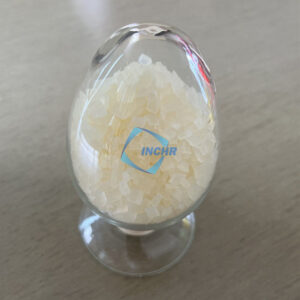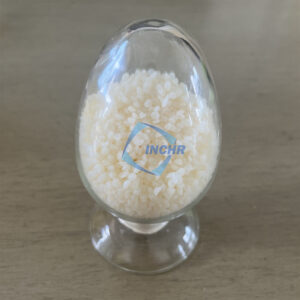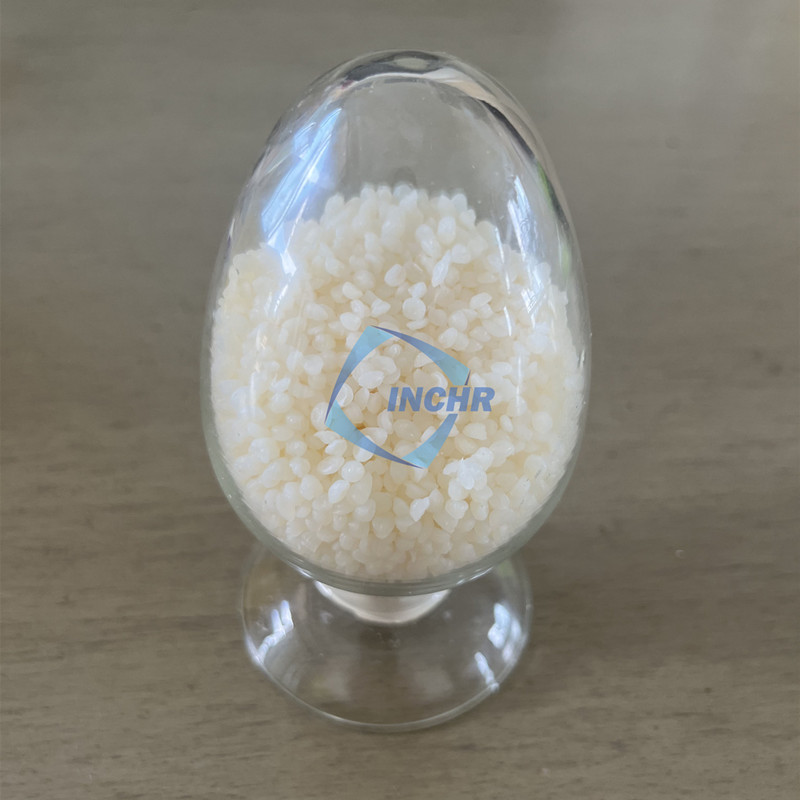In order to effectively prevent the generation and accumulation of static electricity and avoid damage to the packaged or covered products, long-lasting ESD sheets, films, and plastic injection molded parts are selected. These ESD plastics are widely used in the packaging and protection of semiconductors and electronic components to prevent static electricity from damaging these sensitive electronic components. Some are used for the process and transportation protection of optical film and display products to prevent static electricity from adsorbing dust and other impurities that affect the performance and quality of optical products. Some plastic products and pharmaceutical products that are sensitive to static electricity also use ESD plastics during the packaging process. In order to achieve the anti-static function, manufacturers of plastics will choose permanent antistatic masterbatch. Here are the reasons why they do so.

Effectively prevent the generation and accumulation of static electricity
Non-polar polymer materials are prone to generate static electricity due to friction, contact, separation, and other actions during processing and use. For example, in the production line of sheets and films, friction between materials and equipment and friction between materials will cause static electricity. Antistatic masterbatch contains a conductive medium, which can quickly conduct the generated static electricity, reduce its surface resistance, and thus prevent the accumulation of static electricity. The accumulation of static electricity may interfere with the production process, such as adsorbing dust, causing sparks, etc., and even damage some static-sensitive electronic components.
Long-term and stable antistatic performance
Compared with traditional antistatic agents, permanent antistatic masterbatch has a long-lasting and stable antistatic effect. Traditional antistatic agent molecules will continuously migrate from the inside of the resin to the surface until they are completely consumed, and their effect is only effective within a certain time range. The permanent antistatic masterbatch forms a percolation network with conductive ability inside the ESD plastic, which is used as a channel to remove the static charge on the surface and in the body, reduce the resistivity, and maintain good antistatic performance for a long time, and will not significantly reduce the antistatic effect due to the passage of time or changes in the use environment.

Customizable formula
Permanent antistatic masterbatches can be customized based on different resins to ensure compatibility with the substrate. Common substrates include Polypropylene (PP), Polystyrene (PS), Polyethylene (PE), Polyvinyl chloride (PVC), Acrylonitrile butadiene styrene (ABS), Polyoxymethylene (POM), Thermoplastic elastomer (TPE), Thermoplastic polyurethanes (TPU), Polyamide (PA) and rubber, as well as some transparent resins like MABS, PP, GPPS, etc. Antistatic masterbatch can achieve long-term antistatic function. Different resins have different dosages. It can be evenly dispersed in ESD plastics to form a uniform conductive network, ensuring that the antistatic performance of the material is uniform and consistent. Good compatibility can also avoid problems such as material performance degradation, stratification, or blooming caused by incompatibility between additives and base materials.
Wide applications
The antistatic masterbatch is not only suitable for ESD film, ESD sheet, and ESD thermoforming packaging products but is also widely used in plastic hollow containers, electronic products, wire and cable insulation materials, antistatic flooring, medical equipment, automotive materials, and other fields. For example, adding an antistatic masterbatch to food cling film can effectively prevent the generation of static electricity and prevent food from dust absorbing.
Easy to process and convenient to use
Antistatic masterbatch usually exists in granular form and is easy to mix and process with the raw materials of sheets and films. Antistatic masterbatch can be mixed with polymer materials through common processing methods such as extrusion, injection molding, blow molding, etc. to prepare sheets and films with antistatic properties. At the same time, the amount of antistatic masterbatch added is relatively small, which will not have much impact on the physical properties and processing properties of the material.




